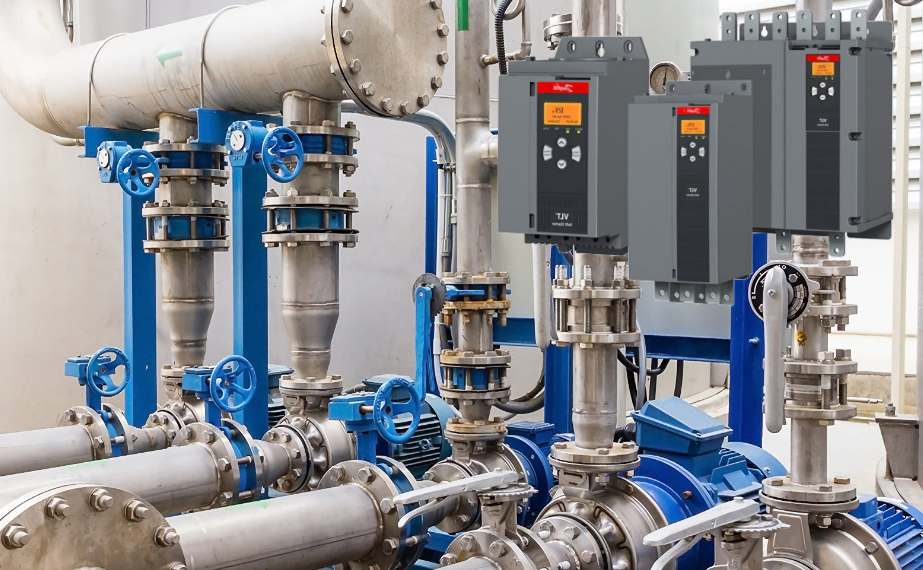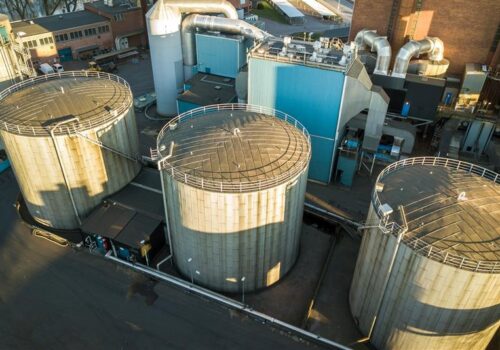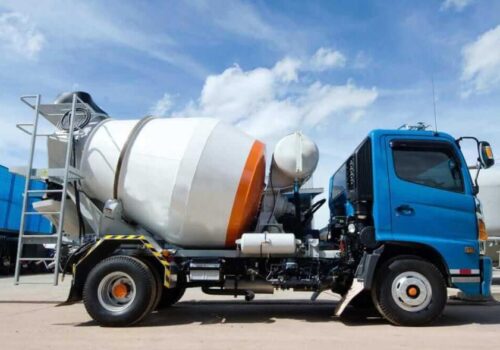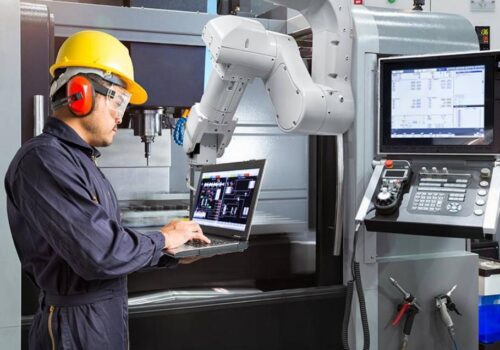A Comprehensive Guide to Variable Speed Drives
Variable speed drives are essential components in modern industrial systems, offering precise control over motor speed and torque. These drives are pivotal for improving energy efficiency, enhancing process control, and extending equipment life.
Below are some key aspects of variable speed drives that will help you understand the benefits and application.
Understanding Variable Speed Drives
Variable speed drives (VSDs) regulate electric motors’ speed and torque by adjusting the frequency and voltage of the power supplied to them. This flexibility allows for more efficient operation, especially in applications where motor speed needs to be adjusted frequently. By controlling the motor speed, VSDs can optimise performance and reduce energy consumption.
Benefits of Using Variable Speed Drives
One of the primary advantages of using VSDs is energy efficiency. Traditional systems often operate motors at a constant speed, which can lead to wasted energy during periods of low demand. VSDs adjust the motor speed according to the actual load requirements, resulting in significant energy savings.
Another key benefit is improved process control. VSDs offer precise speed and torque control, which enhances the performance of machinery and processes. This level of control is particularly useful in applications requiring varying speeds, such as conveyor systems or mixing processes.
Variable Frequency Drives and Their Role
A variable frequency drive (VFD) is a type of variable speed drive that specifically adjusts the frequency of the electrical supply to the motor. VFDs are widely used in various industrial applications due to their ability to provide smooth and precise control of motor speed. They are especially effective in applications that require frequent speed changes or have varying load conditions.
Selecting the Right Variable Speed Drive
When choosing a variable speed drive, consider factors such as the type of motor, load requirements, and environmental conditions. Ensure the VSD is compatible with your motor’s specifications and can handle the expected load.
Additionally, check for features like ease of installation, programmability, and communication options to ensure the drive meets your operational needs.
Maintenance and Troubleshooting
Proper maintenance is crucial for ensuring the longevity and optimal performance of your VSD. Regularly inspect and clean the drive, check for any signs of wear or damage, and ensure all connections are secure. Troubleshooting common issues, such as overheating or erratic performance, involves checking the drive’s settings and components to identify and resolve any problems.
Variable speed drives are vital for improving energy efficiency, process control, and equipment lifespan in industrial systems. Understanding their benefits and proper selection, you can optimise your operations and achieve significant cost savings.Have questions about variable speed drives or need expert advice? Don’t hesitate to reach out! Get in touch with our team today. We’re here to help you find the perfect solution for your needs.





